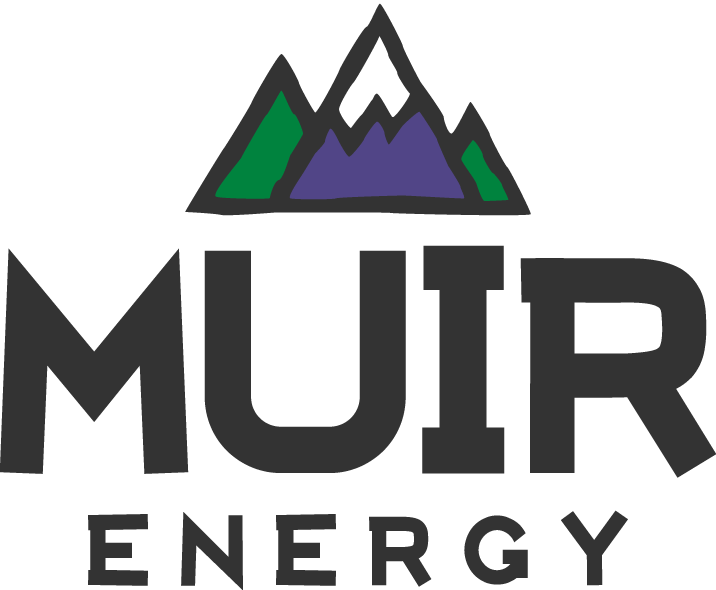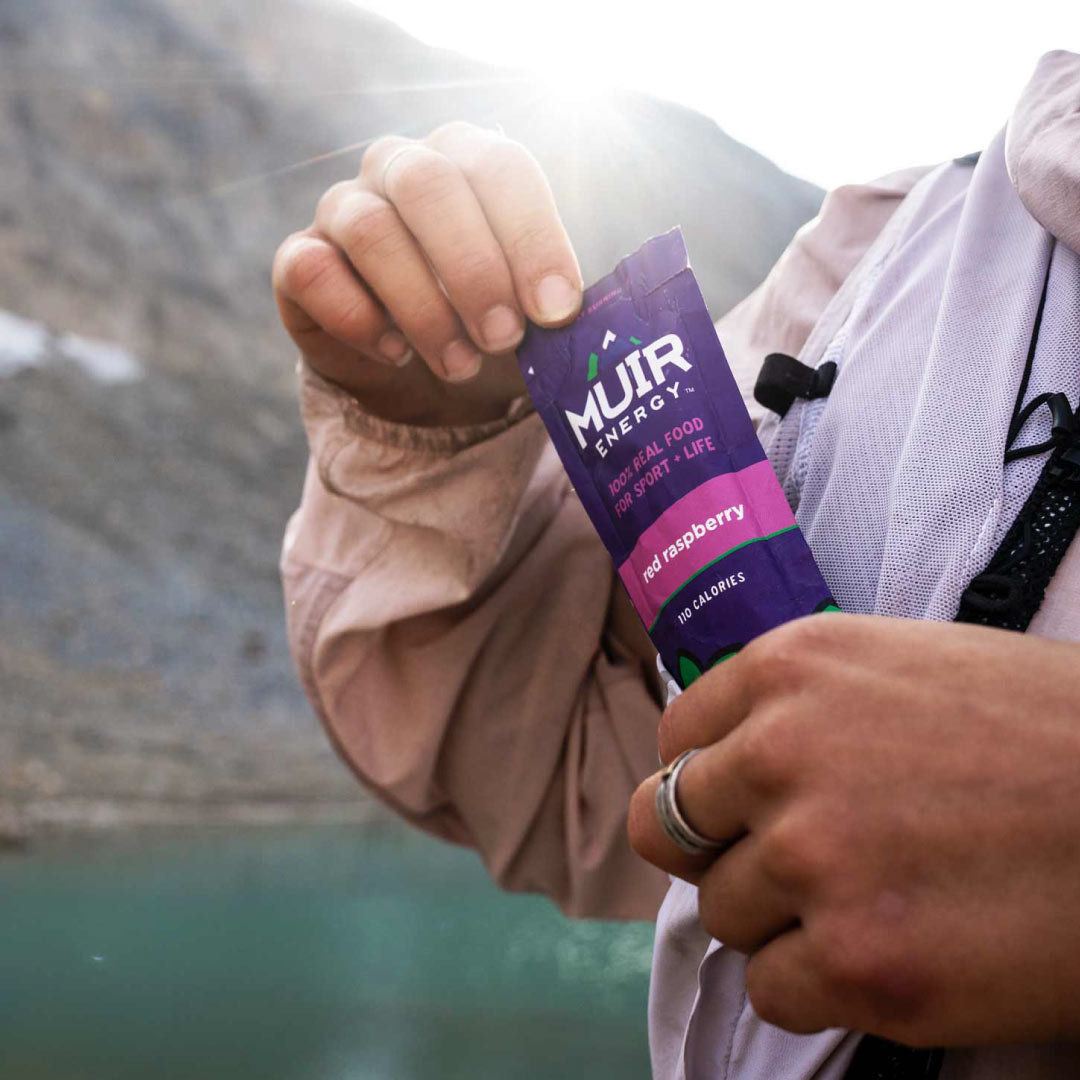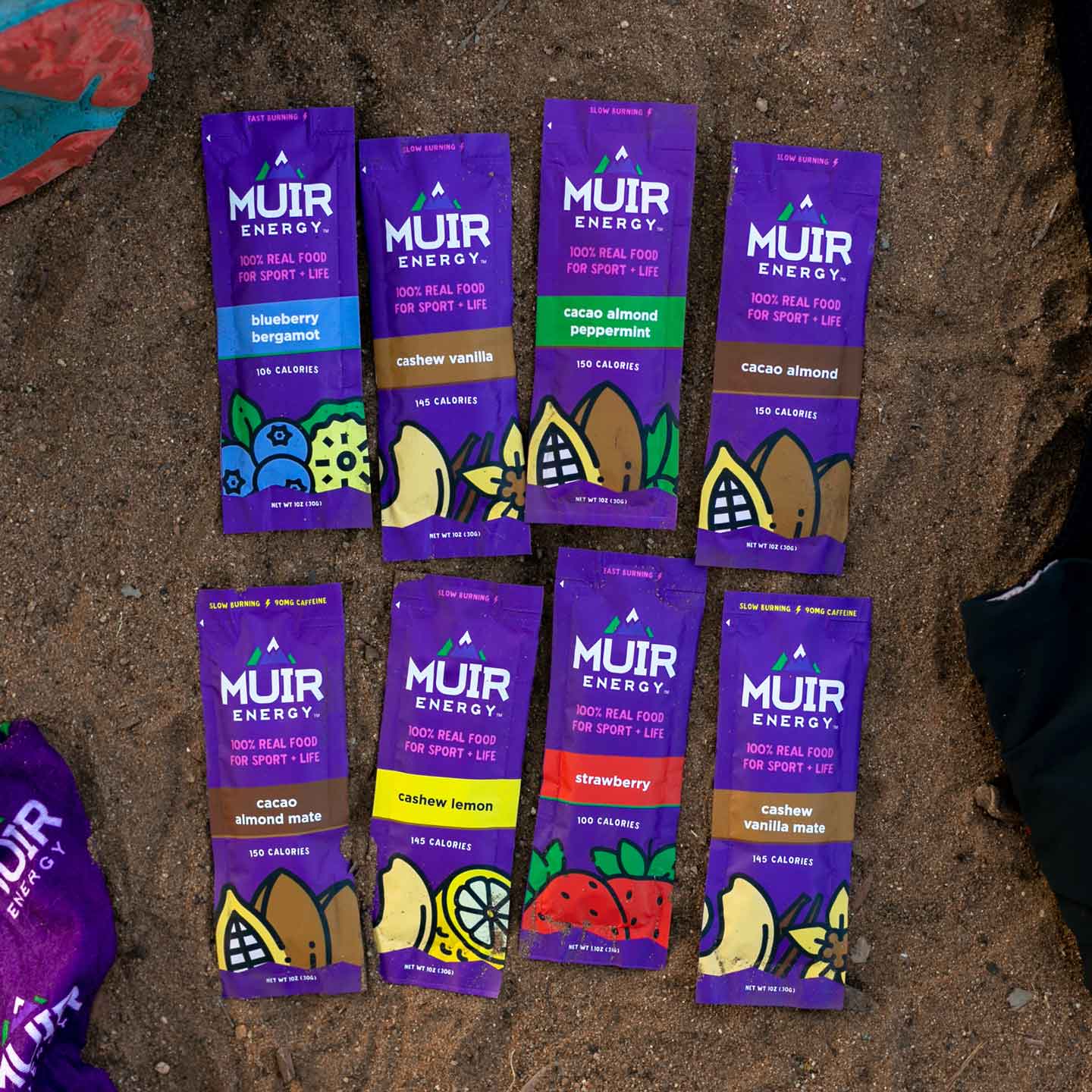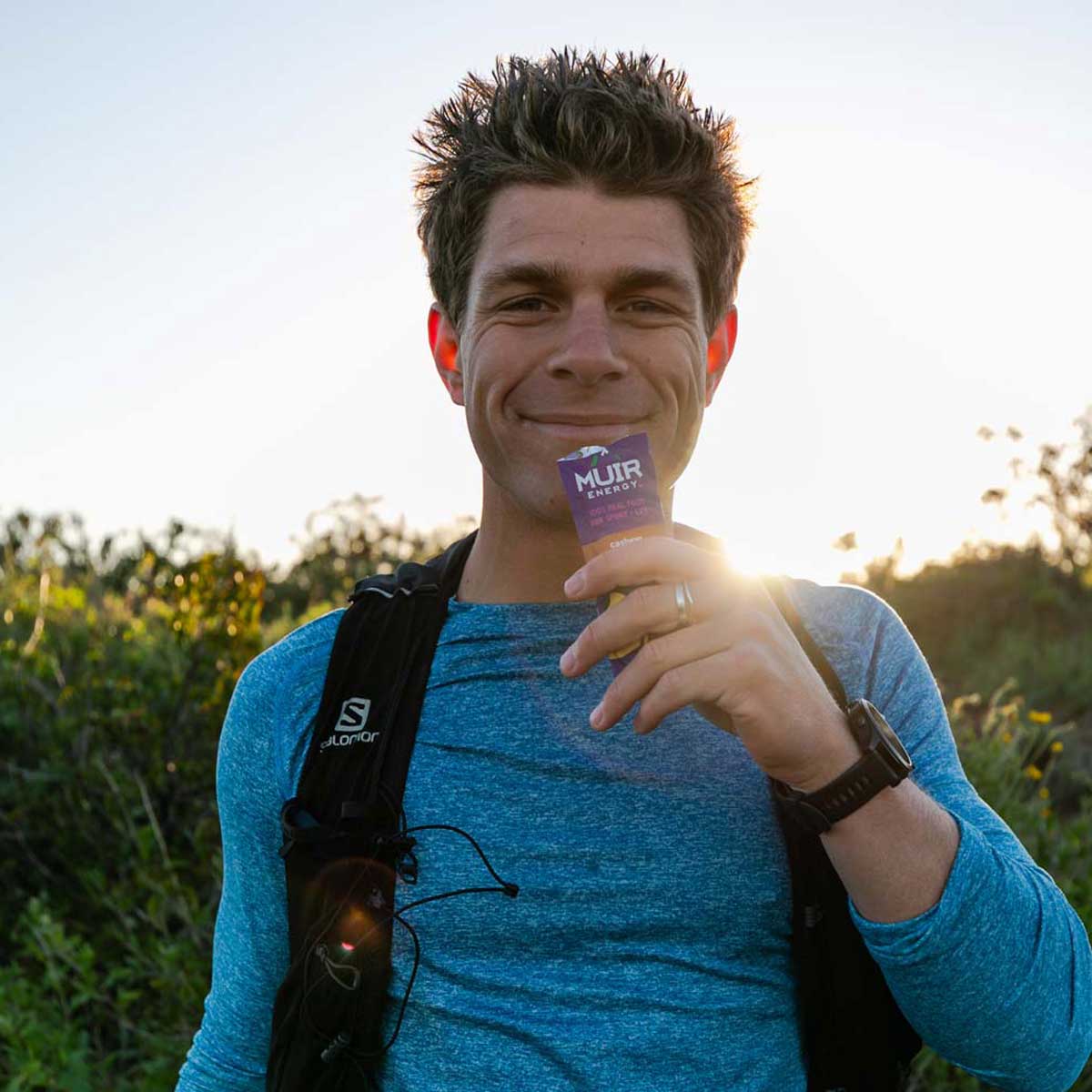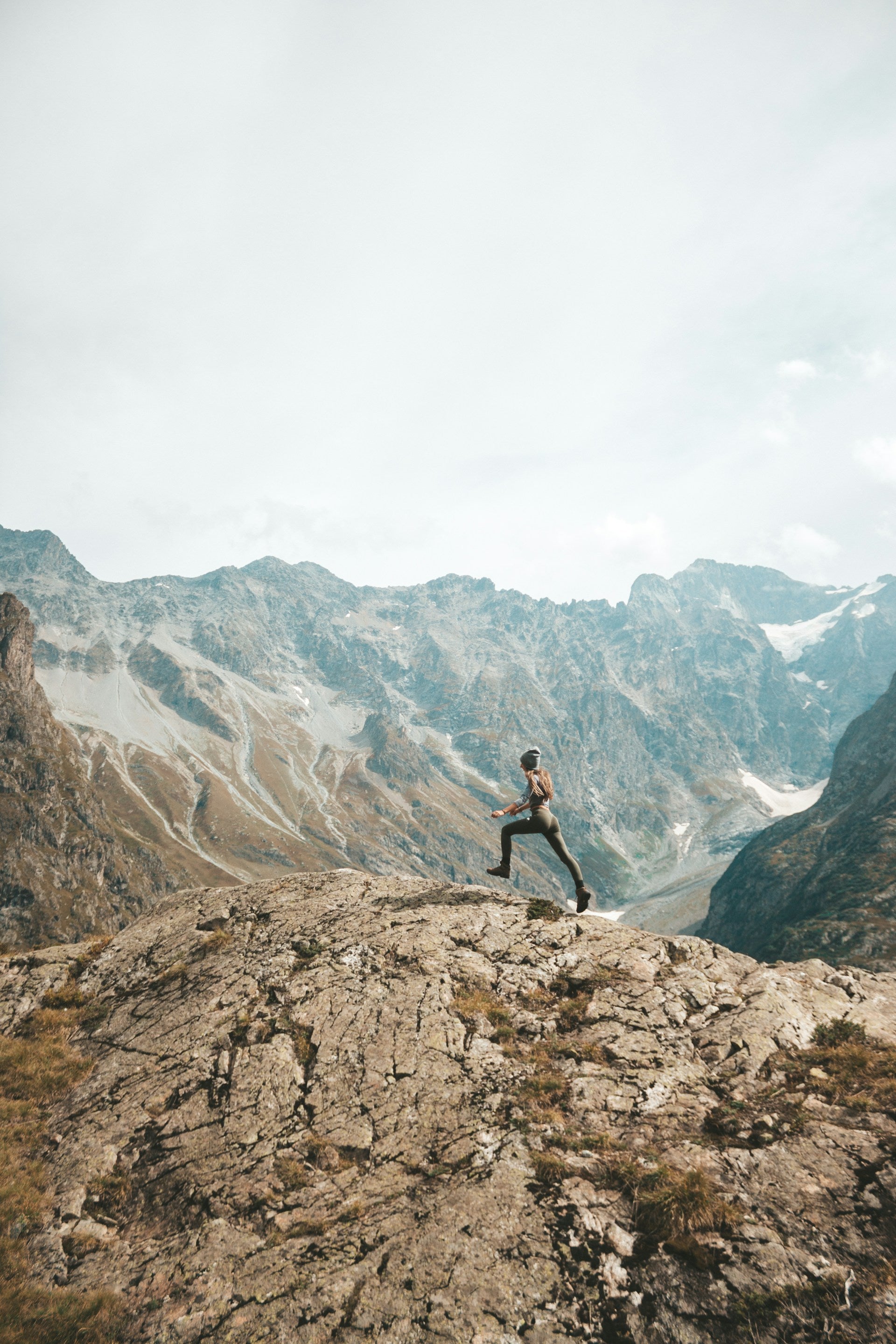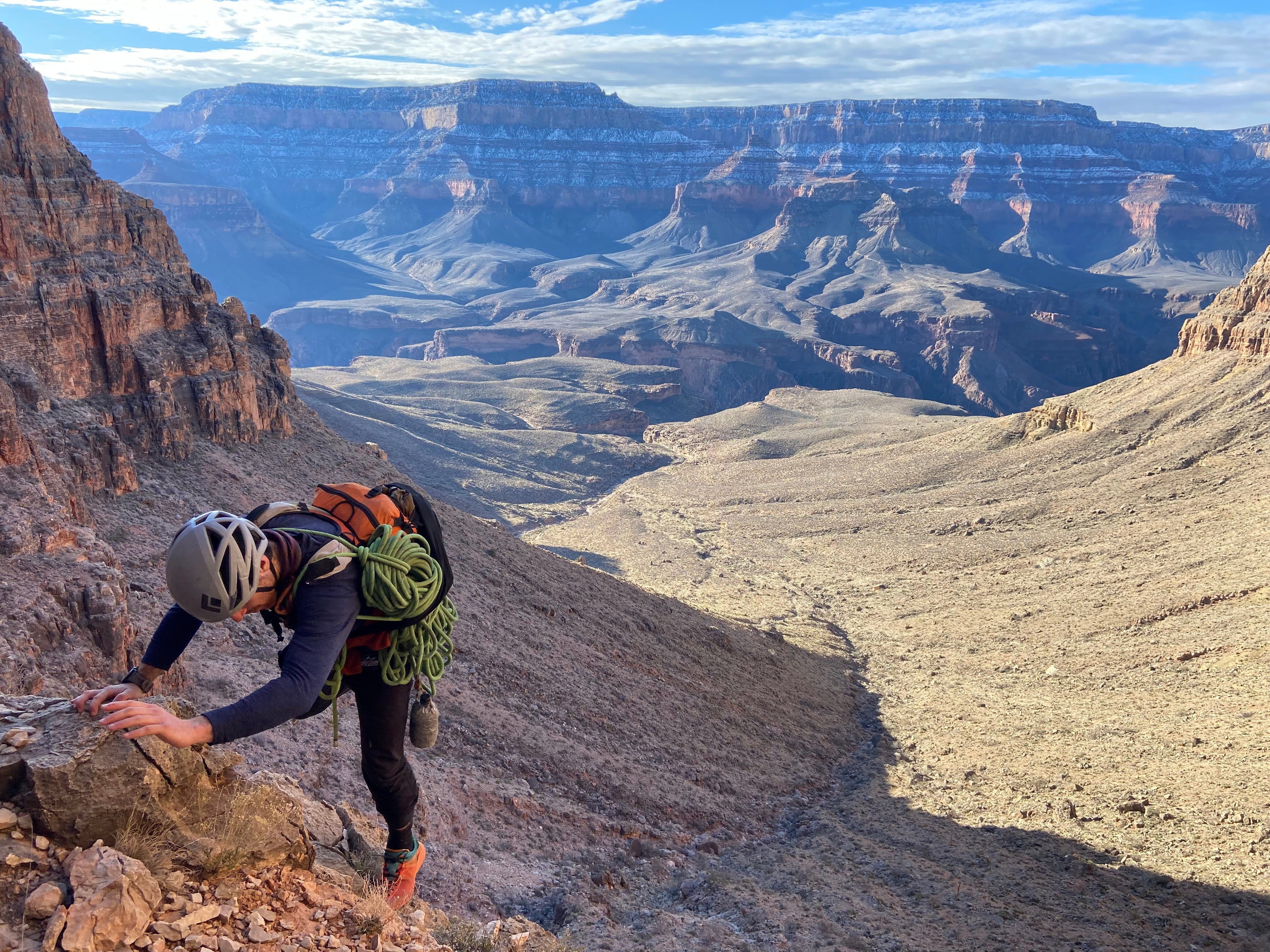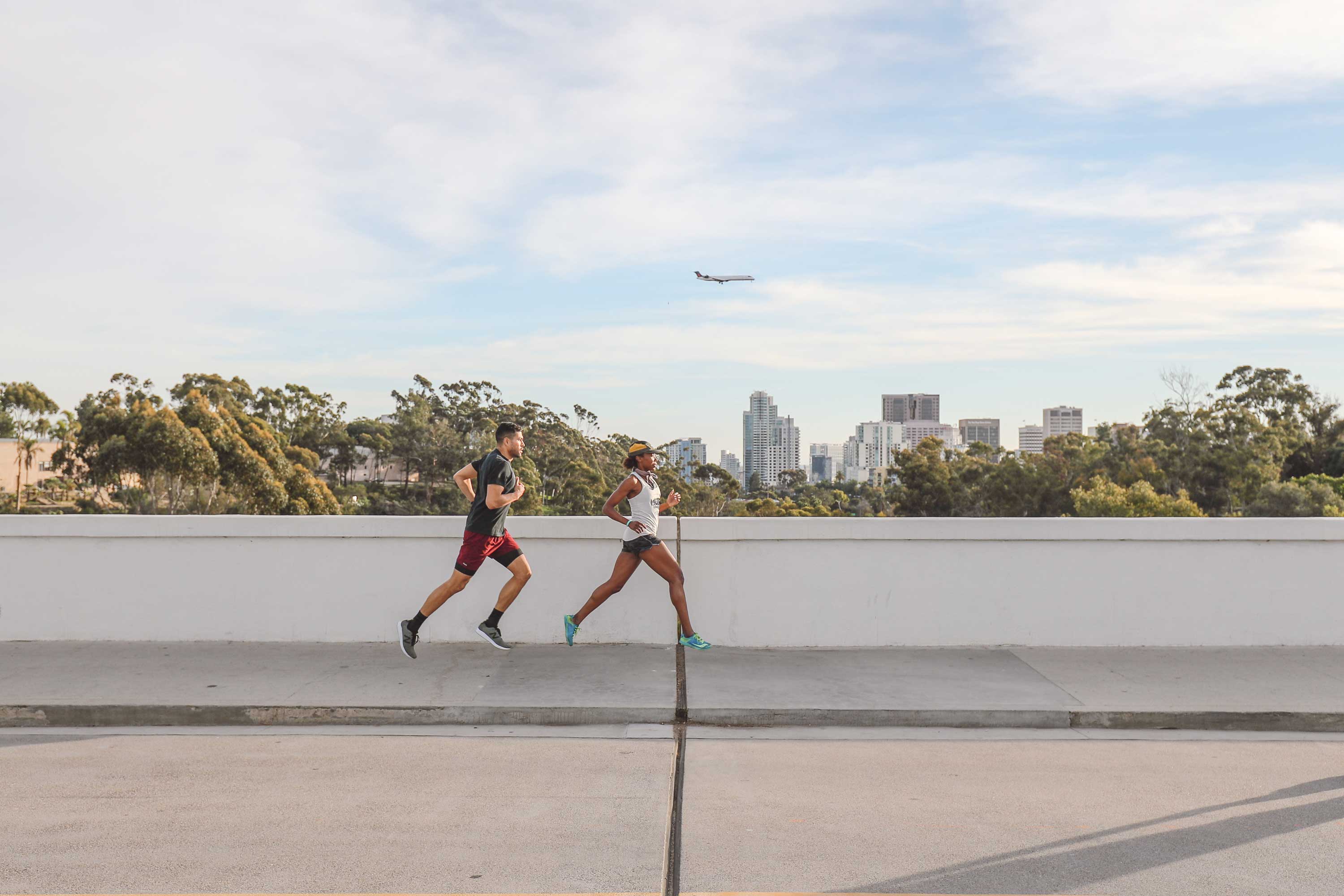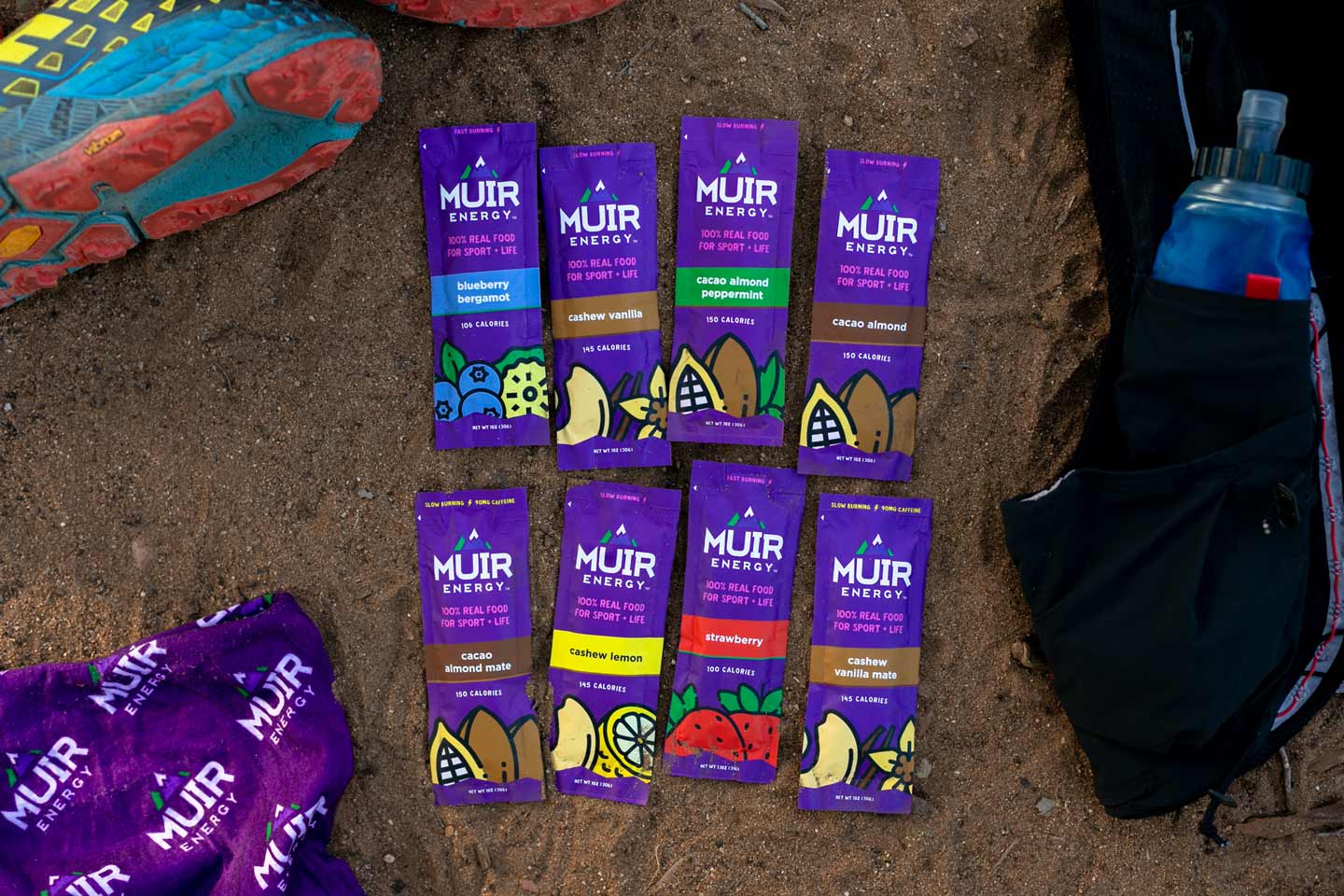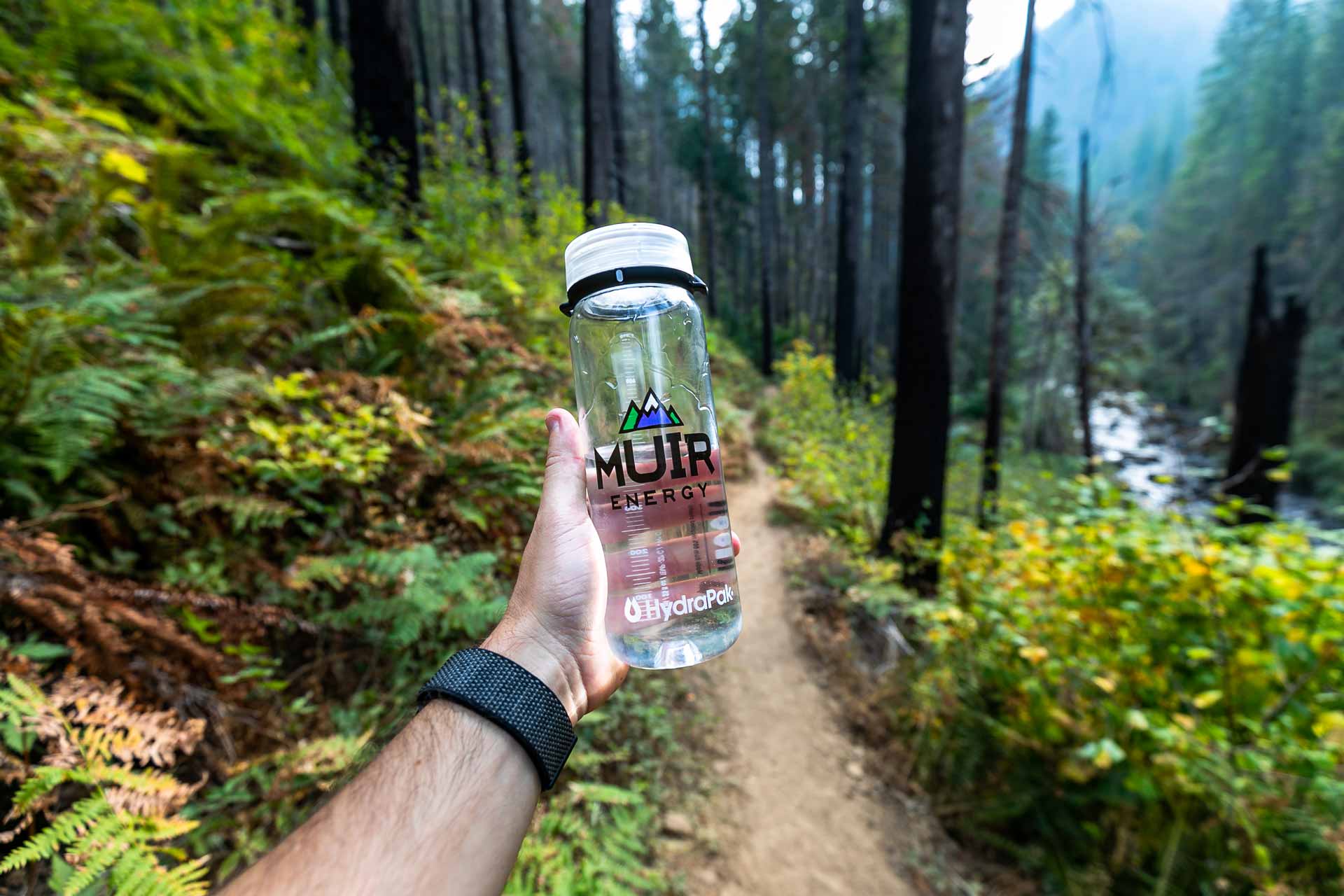
Hydration is key for keeping your joints cushioned, mind sharp, and body strong, but it doesn’t always get the attention it deserves. You may think about it in the hot summer months while sweating on the trail, but athletes need to consider hydration even during a cold, dry winter. Read on for hydration tips to stay energized and sharp, on and off the trails.
1. Signs of dehydration
You can’t just rely on thirst to stay hydrated, especially during periods of cold or inactivity. Some other signs of dehydration include:
- Fatigue
- Dizziness
- Headaches
- Cramps
- Dark urine
- Dry skin
Do any of these sound a little too close to home?
You can also weigh yourself before and after a run to determine fluid losses. Ensure that all fluid losses are adequately replaced. If you sweat a lot (clothes are drenched, white streaks on skin), it’s necessary to replace lost electrolytes as well.
2. What are electrolytes?
The term “electrolytes” in sports nutrition refers to sodium, potassium, calcium, and magnesium. Electrolytes play integral roles in the human body, including sending signals to muscle tissue to contract and relax. They also keep the body’s pH (acidity and alkalinity) in balance. When these signals get interrupted due to inadequate electrolyte intake, athletes may experience cramping, confusion, fatigue, and more.
Out of all the electrolytes, athletes lose the greatest amount of sodium through sweat. When looking for an electrolyte replacement, ensure it focuses on replenishing sodium. The Muir Energy Mango Lime Hydration Mix provides 300 milligrams of sodium and just a touch of palm sugar for sweetness and quick energy.

3. How much fluid do I need?
The answer is different for every athlete and changes based on sport, age, intensity, etc. For trail runs less than 45 minutes, don’t worry about carrying extra hydration (unless it is hot or you are sweating a lot) and replenish lost fluids back at the car. For runs over an hour, consider this formula:
- 2-3 hours before the run: 16 oz water
- 15 minutes before: 8 oz
- During the run: Drink every 15 minutes as tolerated (a few good gulps of about 4-8 oz is ideal)
- After training: 16-24 oz for every pound of weight lost
Does this mean you have to chug straight water all day? No way! Hydration means more than just water; other choices include milk, sports drinks, smoothies, juice, or water-flavor packets. High water content foods can also contribute to hydration, like cucumbers and melons.
4. How the heck do I know I’m getting enough?
Check urine color first thing in the morning. The ideal urine color is pale yellow like lemonade. If your urine is dark like apple juice, it’s time to increase fluid intake. On the flip side, clear urine means you need to take it down a notch and supplement with electrolytes. The body needs a certain amount of sodium to hold on to fluids instead of flushing them out.
It is possible to over hydrate. Drinking water is not a substitute for fueling your body, and trail runners have higher nutrition needs than non-athletes. Honor your hunger if you still feel it after hydrating.
Getting started
Good hydration requires consistency and planning. If you need help remembering to hydrate, get started with a few quick tips:
- Drink a glass of water first thing in the morning and before every meal.
- Carry a collapsible pouch or hydration pack.
- Eat foods with high water content to help with fueling AND hydration.
- Download a hydration app that reminds you when it’s time to take a drink.
- Add something tasty to water to avoid flavor fatigue. The Muir Energy Strawberry Basil Hydration Mix contains 100 milligrams of sodium and touch of palm sugar to help athletes maintain hydration even on rest days.
MUIR Energy makes it easy to consume energy and nutrient dense foods and fluids on your run. Check out all our products here!
Lauren MacLeod, RD is a sports dietitian specializing in mountain athletes and edits the MUIR Journal.
